Buddha Gaya is one of the four holiest places of Buddhism. Here Buddha attained Enlightenment after having meditated for 49 days under the Bodhi tree. In the 3rd century BC emperor Asoka built a shrine to mark this spot of Buddha’s sambothi. A later stone railing enclosing this shrine survives on from the Sunga period (1st century BC). Sanchi and Barhut depict the shrine on several reliefs. The shrine was replaced by the Mahabodhi temple, begun in the Kushan period in the 2nd century AD. In the Pala-Sena period it was provided with statuary and revetment. Burmese Buddhists began to restore it in 1877, but a proper scientific restoration was done by Cunningham in 1882.
The King of Burma deputed his officers to repair the temple. In course of their work they stared to renew the structures stick antiquarian heads foolishly onto ancient torsos and the like. For the proper care of the antiquities and to control the operations antiquates and to control the operations of Burman excavators Dr. Rajendralala Mitra visited Buddha Gaya in 1877 in compliance with the wishes of the in compliance with the wishes of the Lt. Governor of Bengal. He was the first to draw up maps, plans and to compile a record of its archaeology.

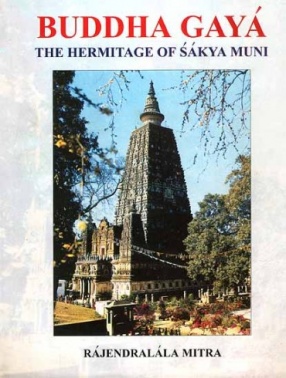
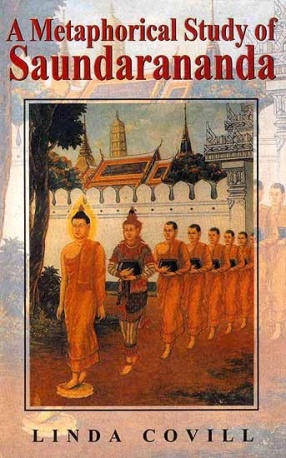
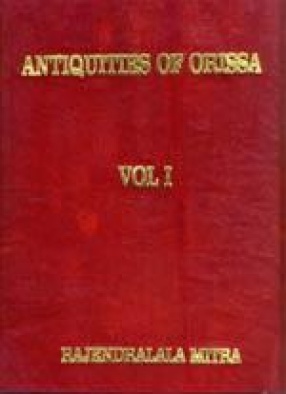

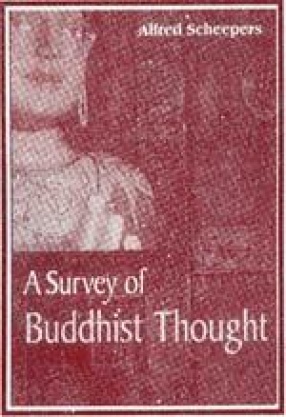
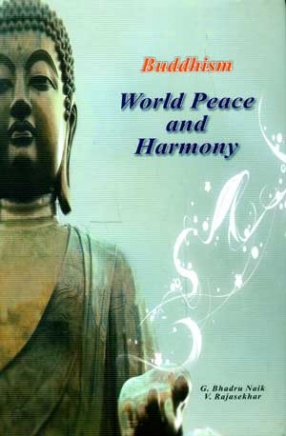
There are no reviews yet.